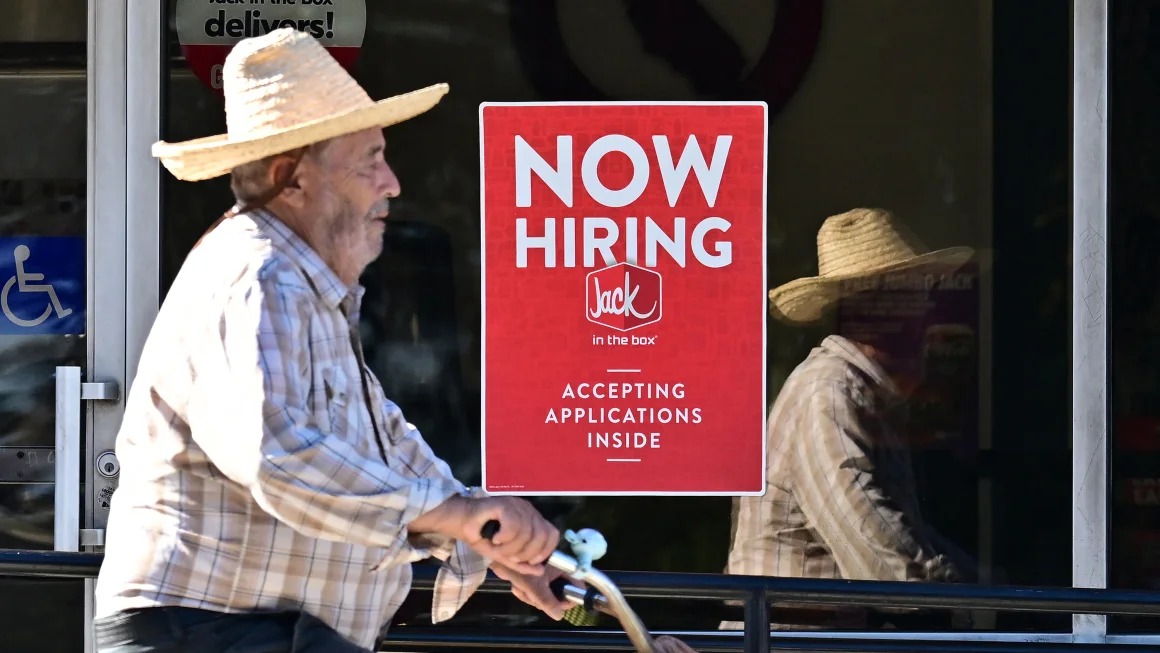
Jobs Report Conspiracy Theories: Facts and Challenges in Employment Data Collection
Jobs report conspiracy theories have long swirled around official employment data, with critics often suggesting that reports are manipulated to paint an overly optimistic picture of the economy. In recent months, Republicans, including former President Donald Trump, have suggested that revisions to Bureau of Labor Statistics (BLS) data intentionally obscure economic realities to benefit Democrats. However, these claims overlook the complexities and challenges of gathering and analyzing employment data, especially amid economic disruptions.
The Bureau of Labor Statistics’ data, collected since 1915, undergoes revisions and adjustments, a process designed to provide the most accurate picture of employment. For example, the initial July report indicated 114,000 new jobs, only to be revised to 144,000 a month later. With employment data critical to policymakers, businesses, and the public, understanding the limitations and adjustments of jobs reports is essential.
The Process Behind Employment Data and Revisions
The BLS, under the Department of Labor, generates employment reports using two primary surveys. Initial figures are compiled quickly, but revisions follow as more data becomes available. This approach allows the BLS to provide timely information while accommodating updates as more reliable data arrives. Each month’s jobs report includes two revisions over the following months, and a larger annual review aligns initial estimates with quarterly tax filings from businesses.
Data collection was especially strained during the pandemic, as response rates to both household and business surveys declined sharply. This trend, which has not returned to pre-pandemic levels, affects the reliability of initial job estimates. Laura Kelter, a BLS branch chief, has indicated that lower response rates have made gathering data more resource-intensive. Ideally, the BLS could adopt modern data collection methods, like online surveys, but budget constraints have made this challenging.
Misinterpretations and Misuse of Jobs Data
Jobs report conspiracy theories frequently target revisions as evidence of political bias. For instance, recent BLS revisions revealed 818,000 fewer jobs in March than initially reported. Trump and his supporters claim these adjustments prove data manipulation, labeling them a “massive scandal.” But Groshen, a former BLS commissioner, and other economists dismiss these accusations as baseless. She notes that the revisions reflect standard statistical adjustments, not intentional bias.
Erica Groshen and other experts emphasize that the BLS operates independently, with no directive to alter data for political purposes. By law, the BLS maintains objectivity, insulated from policy-making activities within the Department of Labor, according to the Office of Management and Budget. The aim is to offer a clear and accurate snapshot of the economy, grounded in data collected and analyzed by career civil servants.
Improving Employment Data Accuracy in the Face of Modern Challenges
Budgetary shortfalls have limited the BLS’s ability to adapt to changing times. Inflation-adjusted funding for the BLS has decreased over the past decade, exacerbating challenges posed by pandemic-related response rates. Groshen points out that moving data collection online could improve accuracy and response rates, allowing for a timelier view of employment. Without this modernization, revisions may continue to be misinterpreted as politically motivated adjustments rather than as statistical corrections.
These challenges in data collection underscore the importance of accurate employment information for economic decision-making. Federal Reserve interest rate decisions, for instance, rely heavily on the latest employment data. As Groshen noted, the quality of decisions depends on the quality of data, meaning investments in data accuracy are critical to making informed economic policies.



